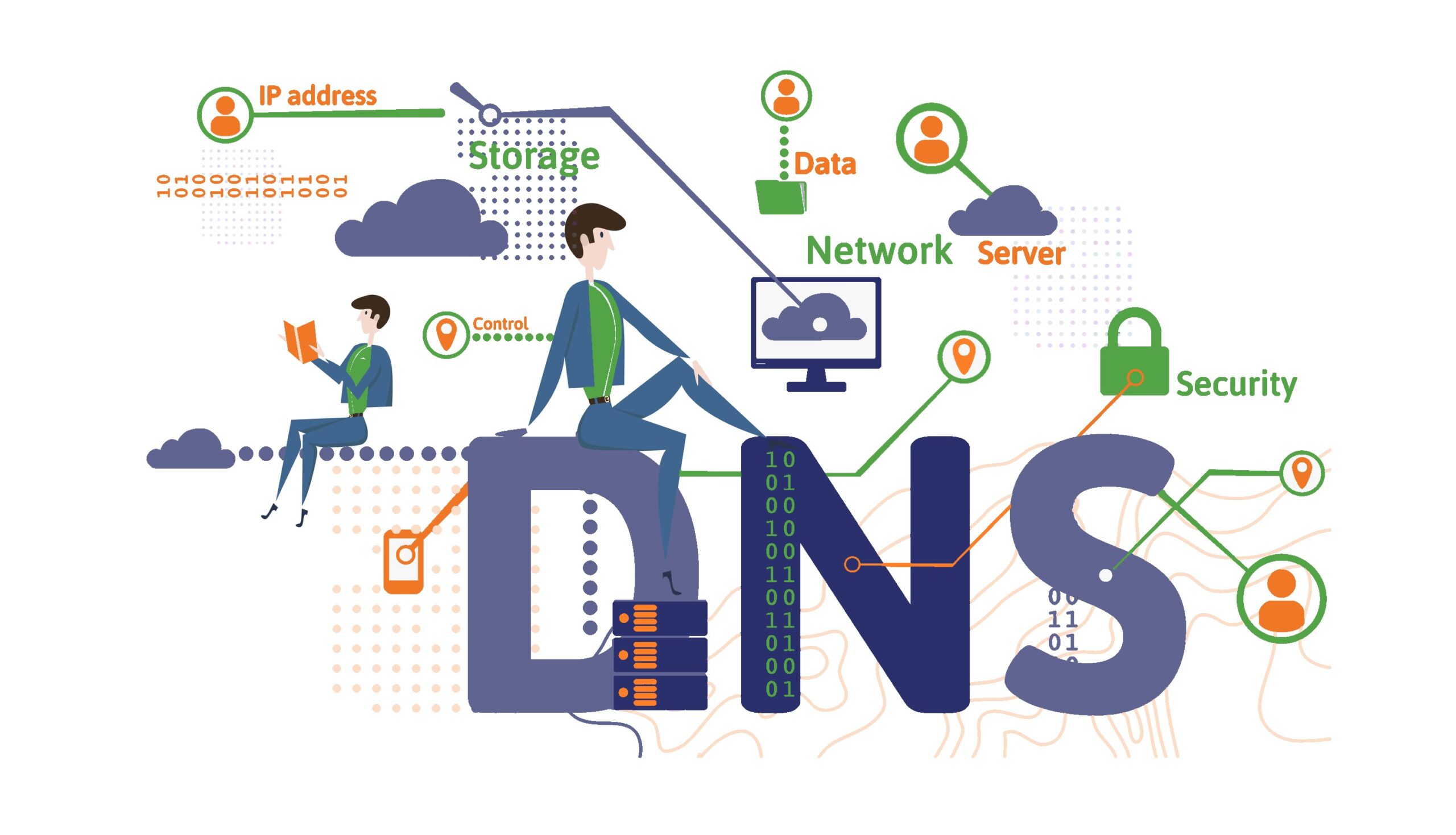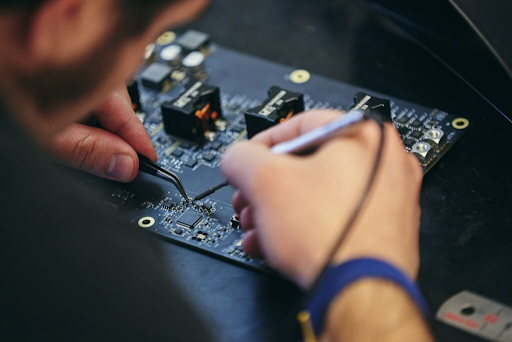Having a reliable and fast internet connection is an essential part of modern life. With the right DNS port, you can get the most out of your internet connection and avoid any snags that could slow down your connection or create connectivity problems. Read on to find out more about how this works.
Digital single market and making Europe fit for the digital age are two of the priorities of this Commission. To make sure that Europeans can benefit from the opportunities offered by an open, innovative online world, we need to work on removing barriers to cross-border online trade.
What is a DNS Port?
A DNS port is a specific channel that your computer uses to communicate with a DNS server. When you change your DNS settings, you’re essentially telling your computer which DNS server to use for lookups.
There are two types of DNS ports: UDP and TCP. UDP is the most common type of DNS port. It’s used for standard lookups and it’s the only type of port that’s supported by all DNS servers. TCP is less common, but it’s necessary for certain types of lookups, such as zone transfers.
You can think of a DNS port like a telephone line. If you want to make a phone call, you need to use a telephone line. There are different types of telephone lines (analog, digital, VoIP), but they all serve the same purpose: to allow you to make a phone call. Similarly, there are different types of DNS ports (UDP, TCP), but they all serve the same purpose: to allow you to connect to a DNS server.
Why is it Important to Keep Your dns port Open?
A DNS, or Domain Name System, port is used to route internet traffic and it is important to keep this port open in order to ensure a stable connection. If your DNS port is closed, it can cause internet disruptions and make it difficult to connect to certain websites. Additionally, a closed DNS port may also impact your ability to receive email.
It is important to keep your port open because it allows communication between your computer and other devices on the network. If the port is closed, you will not be able to connect to the internet or any other networked devices. Additionally, a closed port can also be a security risk as it may allow malicious software to gain access to your system.
When you connect to the internet, your computer sends a request to a DNS server. This server then looks up the IP address of the website you’re trying to visit and responds with that information.
If your DNS server is slow or not working properly, it can cause delays in loading webpages or even prevent them from loading entirely. That’s why it’s important to keep your DNS server’s port open and accessible.
There are a few ways to do this. One is to make sure that your firewall isn’t blocking access to port 53, which is the port that DNS servers use. Another is to use a reliable DNS service such as Google Public DNS or OpenDNS.
By keeping your port open and using a reliable DNS service, you can help ensure that your internet connection is as fast and reliable as possible.
Alternate Methods of Troubleshooting Connectivity Issues
There are a few alternate methods of troubleshooting connectivity issues, as follows:
-Checking your computer’s DNS settings: Your computer may be configured to use the wrong DNS server. To check your DNS settings, open the Control Panel and go to Network and Internet > Network Connections. Right-click on your active network connection and select Properties. Click on the Internet Protocol Version 4 (TCP/IPv4) entry and select Properties. Make sure that the “Obtain DNS server address automatically” option is selected. If it isn’t, enter the correct DNS server address in the “Preferred DNS server” field.
-Clearing your DNS cache: If you’ve recently visited a website that has since been taken down or changed IP addresses, your computer may be trying to resolve the old address from its DNS cache. To clear your DNS cache, open the Command Prompt and type “ipconfig /flushdns”. Press Enter and you should see a message that says “Successfully flushed the DNS Resolver Cache”.
-Restarting your router: If you’re still having trouble connecting to the internet after checking your computer’s DNS settings and clearing your DNS cache, try restarting your router. Unplug it from power for 30 seconds and then plug it back in. Once it has fully restarted, try connecting to the internet again.
Conclusion
We hope you found this article helpful in understanding how it affects your internet connection. While it may not seem like a big deal, changing your DNS port can have a noticeable impact on your internet speed and stability. If you’re experiencing problems with your internet connection, we recommend that you try changing your DNS port and see if that makes a difference.
DNS port 53 is the default for most internet connections, but it can be changed. If you’re having trouble with your internet connection, changing the DNS port might be worth a try. Check with your ISP or router documentation to see if changing the DNS port is an option for you.
In conclusion, it affects your internet connection by dictating how Domain Name System (DNS) queries are processed. By default, DNS queries are sent to port 53, but you can change this setting to improve your internet speed or security. Keep in mind, however, that changing your DNS port can cause problems with some internet applications.









Leave a Reply